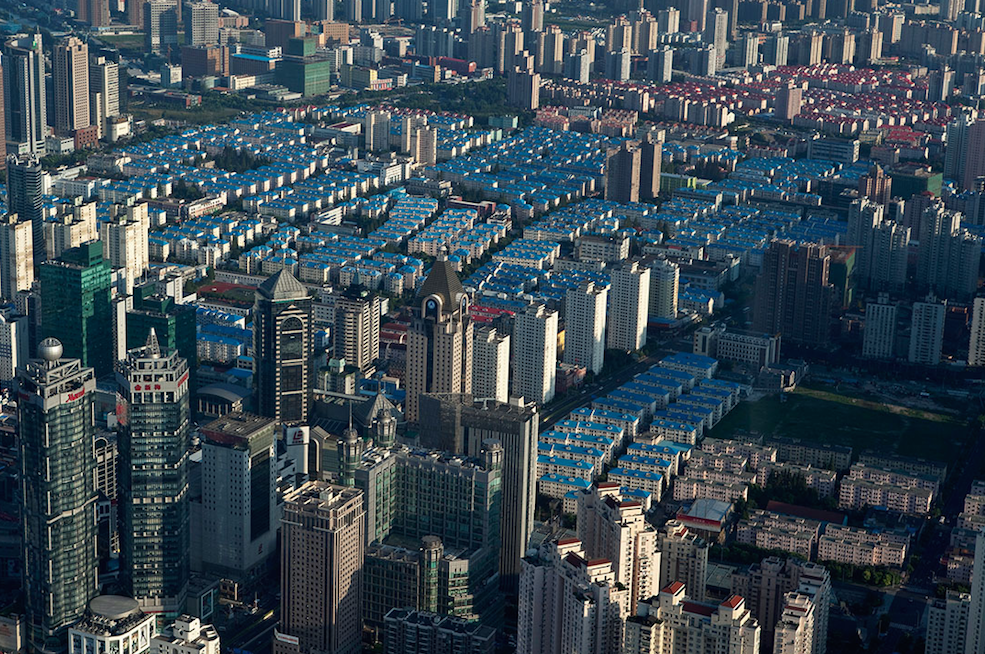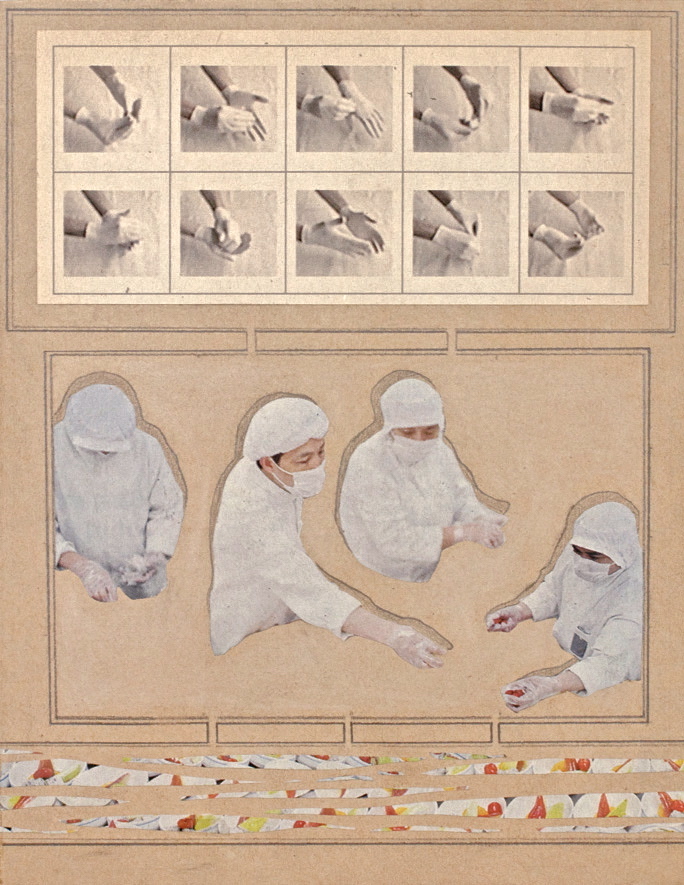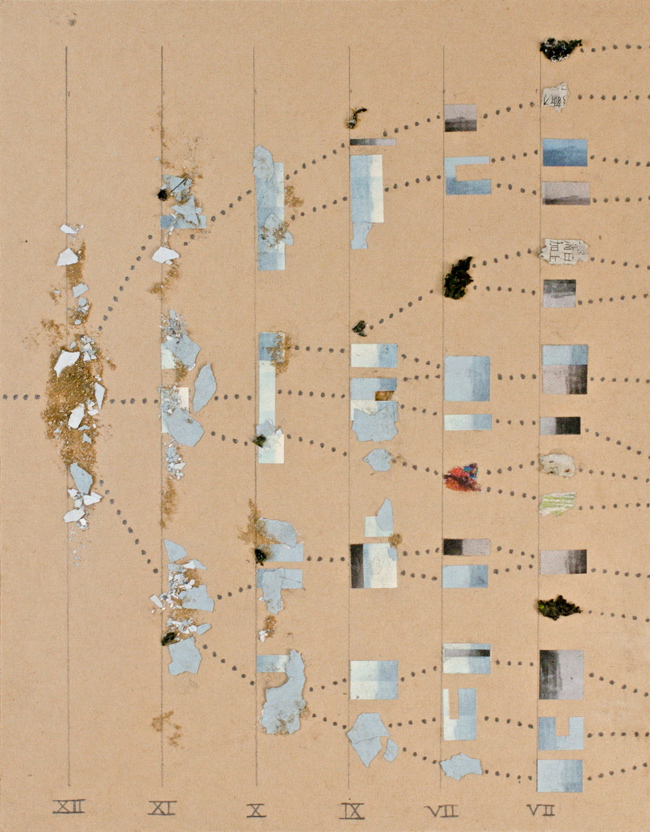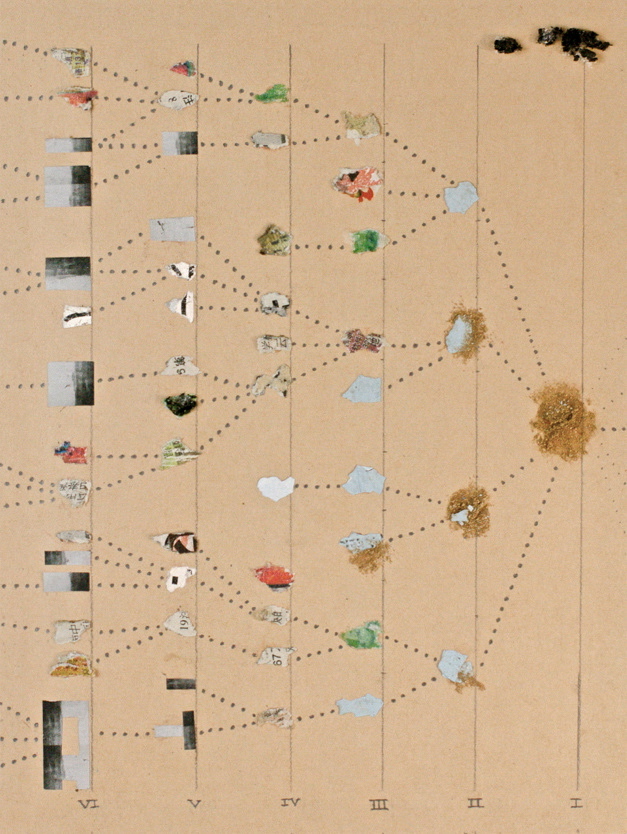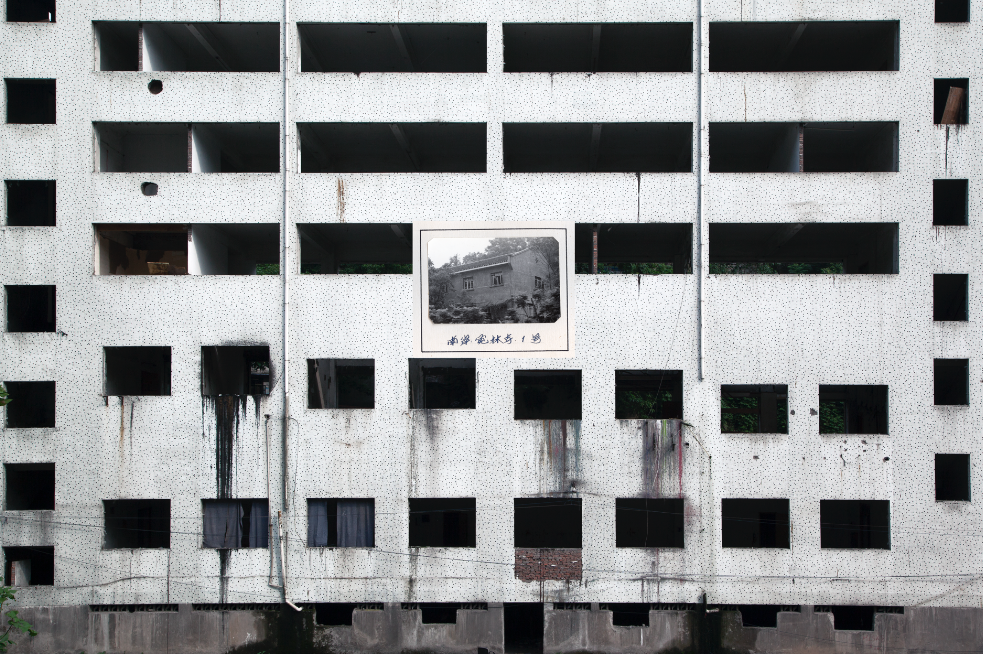Teetering at the Edge of the World: Reading the Chinese Contemporary
Espacio de Arte Contemporáneo, Montevideo, Uruguay
November 2015 - February 2016
Bringing together narratives constructed by over fifteen artists to explore the unseen rhythms of life that inform the emotional experiences, collective existence and cultural stimuli for those born, living or working or in urban China, Espacio de Arte Contemporeáno (EAC), from November 26, 2015 to February 28, 2016 is pleased to announce the opening of Teetering on the Edge of the World, the first comprehensive presentation of video work, installation, experimental music, photography and publications from China in Uruguay.
Teetering on the Edge of the World includes the artworks of Hu Xiangqian, Lei Lei, Liu Xiaodong, Jordan Thomas Mitchell, Qiu Anxiong, Alessandro Rolandi in collaboration with Qiao Xingyue, Thomas Sauvin, Joe Sneed, Yan Jun, Yan Xing, Yang Yuanyuan, Zhao Liang, Zhou Tao and Zhu Jia, and will include publications from Concrete Flux, Jiazazhi Press, Lin Zhipeng 223 and Yan Cong. This exhibition is the first showing in Uruguay for all of the artists as well as the first time contemporary art from China will been presented in the country.
Today, as China’s population soars above 1.3 billion people, the country steps into its next phase of top-down implemented urban development. Jing-Jin-Ji 京津冀 is an initiative to consolidate Beijing, Tianjin and the greater Hebei province into a single capital-region intended to accommodate over 130 million people. The construction of this megalopolis is a manifestation of the directive to relocate 250 million people from rural environments to costal urban areas by 2025 as a means to stimulate the domestic economy. Further, the ordinance exemplifies how “speed sprawl,” which having first started in the early-1980s and has come to envelop the majority of the contemporary Chinese landscape, has become the vehicle for achieving modernity. Nevertheless, China’s interpretation of modernity – one that arises from a desire to compete with the West on economic, cultural and technological fronts – is not inline with ideologies of the post-Enlightenment Occident. Rather, modernity in China is associated with a material wealth and quality of life that is believed to be found only in the city, one distanced from agrarian life – it is a Chinese vision of modernity. Arising from these mass urbanization efforts has been significant and continuous sociological shifts, for it is the physicality of these vast metropolises that necessitate now fragmented communities to re-construct themselves in new ways. It has lead to a form of spectacularization, one where authentic urban cultures are replaced by their synthetic representations.
Narratives have long existed as vehicles for people to summarize and communicate the knowledge they garner through personal experience with their own and other societies; expressing fragmentary perceptions and subconscious feelings they may have of both the self, and of that self as situated within the extended social network of the city. Teetering at the Edge of the World asks how storytelling can provide new perspectives or grant distance from reality to allow for this self-reflection. Further, the exhibition asks how the sustained reflection of reality through its fictionalized portrayal – entering a state that is teetering between reality and fiction, or perhaps even oscillating between subjective and objective perspectives – can allow us as individuals and as a collective to challenge our habits and mores? And finally, when narratives are reduced to certain spectacular or political forms that are intended for consumption, how does this perpetuate a reality and enforce a mentality that is specific to the “Chinese dream”?
Curated by Zandie Brockett and Sebastian Alonso, Teetering at the Edge of the World sees storytelling as a channel through which a deeper understanding of China can be experienced; these works recount a more human sensitivity of life within China’s mega-cities, offering eye-level glimpses into the complex set of layers that comprises the multiplicity of realities in urban China. As the first exhibition to present a selection of works from China to the Uruguayan pubic, the exhibition and its programming serves to grow an organic dialogue between the two populations about the effects modernization through urban development can have on communities and cultural landscapes in the respective countries. As China’s domestic economy grows, its middle class population increases and its dependence on the rest of the world for fuel, food and materials solidifies. China now serves as Uruguay’s largest export market for meat, wood pulp, and rice. It has also introduced the soybean plant, a crop not native to Uruguay or even Latin America, which is now the country’s largest export. Argentina’s debt is no longer held in US Dollar, but rather in Chinese Renminbi. As China imposes its urban development tactics onto towns in Africa, developing infrastructure in exchange for products, how will those local communities deal with a twice-interpreted vision of modernity – it is as if occidental colonialism is being commandeered by the once colonized.
A wide range of public programs will complement Teetering at the Edge of the World, including the screenings of a special edit of the unreleased film Kapital Creation, by American filmmakers, Matthew Neiderhauser and John Fitzgerald, the short film Silvermine by French filmmaker Emilie Guillerme, the 2012 Taipei Film Festival Grand Prize film Hometown Boy by Hou Hsiao Hsien and a double screening of Qiu Anxiong’s Temptation of the Land, Part 1 + 2. Curator Zandie Brockett will also speak on the experiences of Chinese urbanity and its influence on contemporary culture in her lecture SURVEYING THE CHINESE DREAM: Notes on China’s Interpretation of Modernity to be held at EAC at 7pm on Tuesday, November 24, 2015.
In conjunction with the exhibition Teetering at the Edge of the World: Reading the Chinese Contemporary, the installation of Fictionalized Realities at Proyecto CasaMario explores the abstract space that lies between the fictionalized portrayal of reality and reality itself – between states of simulation (simulacra) and non-simulation (if it even exists). For this two-day exhibition, the video works of Chen Xinnan, Hu Xiangqian, Jordan Thomas Mitchell, and Zhou Tao challenge how we are led by social norms and institutions to believe what is “reality.” The artists in Fictionalized Realities have used techniques such as humorous guise, staging and post-production to blur the line between events that have happened in reality and what we perceive as “real” through the presentation of those events. Through contemplating the intangible space, or the margin existing between fiction and non-fiction, we are not only able to reflect on the narratives created by social institutions, but also potentially learn to recognize their presence.
Teetering at the Edge of the World is funded by grants from the Uruguayan Ministry of Education and Culture (MEC–DNC, República Oriental del Uruguay), and the Regional Arts and Culture Council (Oregon, USA). The exhibition has been further supported by the Montevideo Center of Photography (CDF-IM), the Uruguayan Commission for Scientific Investigation (CSIC), the Uruguayan Ministry of Foreign Affairs (MRREE), the Embassy of the Oriental Republic of Uruguay in China, the Lirio Fundation (Uruguay), The Collective Eye and Proyecto CasaMario (Uruguay). With special thanks to Long March Space, Galerie Urs Meile, ShangArt Gallery, and Vitamin Creative Space for their support, and also to Adriana Goñi and Lucia López for their translations.
Exhibition Dates | 26 November 2015 – 28 February 2016
Artists | Hu Xiangqian, Jiazazhi Press, Lei Lei, Lin Zhipeng 223, Liu Xiaodong, Jordan Thomas Mitchell, Matthew Neiderhauser + John Fitzgerald, Qiu Anxiong, Alessandro Rolandi + Qiao Xingyue, Thomas Sauvin, Joe Sneed, Yan Cong, Yan Jun, Yan Xing, Yang Yuanyuan, Zhao Liang, Zhou Tao, Zhu Jia, Concrete Flux.
Curator | Zandie Brockett 张桂才
Associate Curator | Sebastian Alonso
Exhibition Producer | María Carolina Muniz Vallarino
Lecture | 24 November 2015, 7-9pm. Premier of Kapital Creation to follow
Exhibition Venue | Espacio de Arte Contemporeáno (EAC), Montevideo, Uruguay; Basement Exhibition Hall; Arenal Grande 1929, Montevideo 11800, Uruguay
EAC | www.eac.gub.uy or +598 2929 2066 or by email info@eac.gub.uy.



